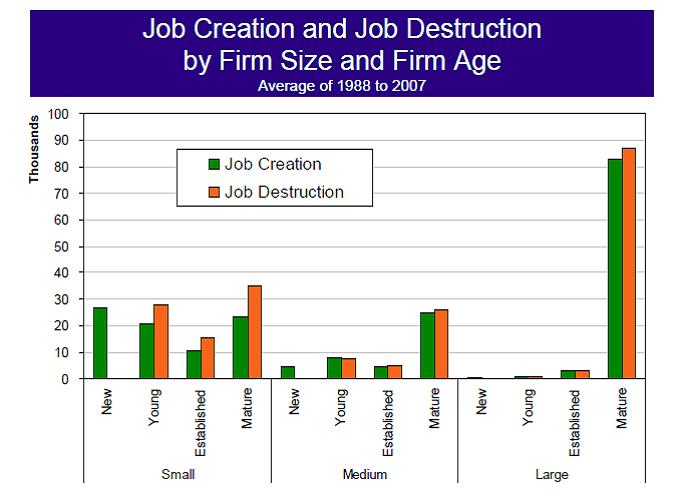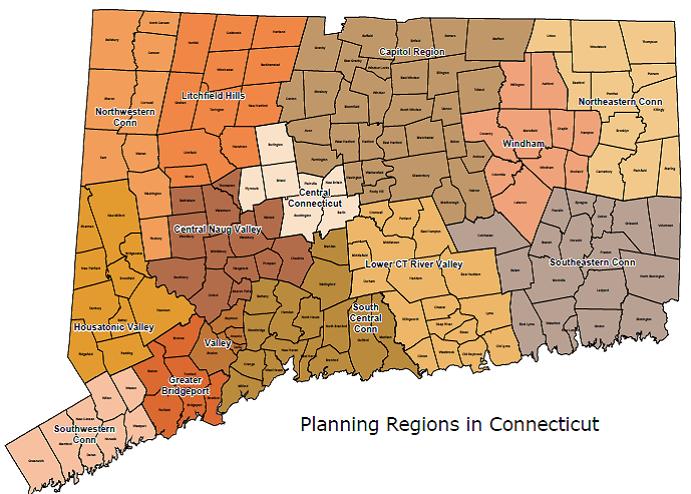Targeting Financial Fraud Against Senior Citizens in CT
/Attorney General George Jepsen is encouraging members of the public and social service agencies that work with seniors to attend the annual Connecticut Triad conference to learn more about financial exploitation and ways to protect against such abuse. The conference will be Thursday, Nov. 1 from 8:30 a.m. to 12:30 p.m. at the Riverfront Community Center, 300 Welles Street in Glastonbury. In addition to the Attorney General, featured speakers include Hubert H. Humphrey III, of the Consumer Financial Protection Bureau’s Office of Financial Protection for Older Americans; Special Agent Anna Ferreira-Pandolfi of the U.S. Department of Health & Human Services’ Office of the Inspector General and Dr. Linda Eagle of the Global Bankers Institute.
Assistant Attorney General Phillip Rosario, head of the OAG’s Consumer Protection unit, will moderate a panel discussion by representatives of the Glastonbury Police Department, the state Department of Banking, the state Department of Social Services, People’s Bank Fraud Unit and the Probate Court.
The event is free and open to the public, but seating is limited and those attending are asked to reserve a space by e-mailing gjames@swcaa.org, or by calling 203-814-3620, on or before Friday, Oct. 26.
Triad is a national initiative of law enforcement agencies and community groups working together to reduce crimes against seniors. There are more than 60 local Triad chapters in Connecticut. Current members of the CT Triad Advisory Board include: The Office of the Attorney General, The Department of Social Services Aging Services Division, People’s United Bank, The CHOICES Senior Medicare Patrol (SMP) Healthcare Fraud and Abuse Project, AARP Connecticut and the Connecticut Area Agencies on Aging.
David B. Fein, U.S. Attorney in Connecticut, hosted the first of the six summits nationwide focusing on financial fraud earlier this month. He says between 2008 and 2011, FBI statistics show at 136 percent increase in investor fraud schemes. At an event in Stamford on October 1, speakers discussed an increase in scams involving reverse mortgages, the failure of victims to have done any due diligence on those they trust their money to, and a lack of skepticism when an "investment counselor" asks for funds to be paid directly to them. Since last year, the U.S. Department of Justice says, it has charged, brought to trial, taken pleas or received sentences for more than 800 defendants in investor fraud cases. The amount taken from victims exceeds $20 billion.
Earlier this week, a Wells Fargo survey found that a growing number of middle-class Americans plan to postpone their golden years until they are in their 80's. CNN reported that nearly one-third, or 30%, now plan to work until they are 80 or older -- up from 25% a year ago, according to the survey of 1,000 adults with income less than $100,000. Overall, 70% of respondents plan to work during retirement, many of whom plan to do so because they simply won't be able to afford to retire full time.




































